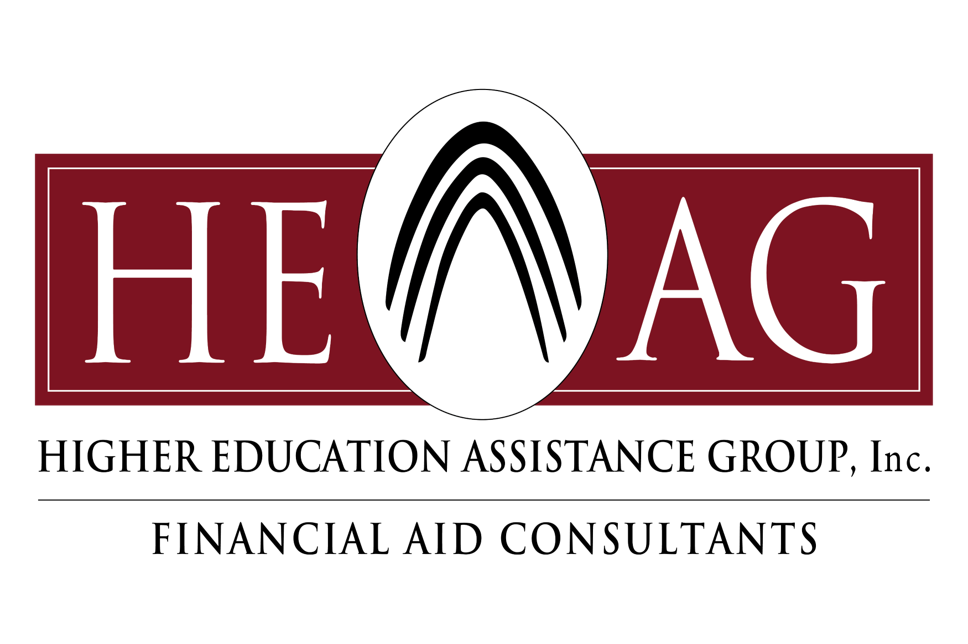For more than a year, federal student loan payments have been ‘paused’ along with interest accrual and collection activity in response to the economic fallout from the COVID-19 pandemic. Unless new legislation is introduced, on October 1st of this year, nearly 45 million borrowers will be required to start making payments again. Many agencies that support higher education have expressed concerns that this transition will be difficult for most, and the resources available to assist borrowers will be insufficient for the demand. As such, the following organizations came to together to draft a list of suggestions to mitigate these concerns:
- Center for American Progress
- New America Higher Education Program
- National Association of Student Financial Aid Administrators (NASFAA)
- The Institute for College Access & Success (TICAS)
- The Pew Charitable Trusts’ Project on Student Borrower Success
First, Federal Student Aid (FSA) should increase proactive communications to borrowers about the timeline for starting repayment and the options available for those still experiencing difficulty, particularly the income driven repayment (IDR) programs. The priority should be those borrowers most at risk for delinquency and default. This population includes borrowers who have missed payments or defaulted in the past; borrowers who have been approved for multiple periods of forbearance and borrowers who failed to complete the academic program for which they borrowed. FSA should also work with the federal loan servicers to ensure messaging is consistent and borrowers receive the assistance needed to re-enter repayment successfully.
Second, FSA and its servicers must carefully consider how to manage the auto-debit programs that were ‘turned off’ when the repayment pause began. For borrowers not experiencing financial difficulty, it would certainly be a convenience to automatically reinstate this process; however, it could cause major financial hardship for others. As such, proactive and regular communication regarding this issue should be sent to borrowers to confirm the timeline and process with clear instructions for borrowers to opt in, opt out or modify the authorized amount depending on what the final determination is.
The process of reentering repayment should be made as easy and as flexible as possible for both borrowers and servicing agents. For struggling borrowers, particularly those in need of assistance to enter an alternative repayment plan, there should be an additional penalty-free period. For servicers, the IDR process should be streamlined so agents can enroll borrowers upfront and provide additional time to submit supporting documentation.
Finally, to ensure servicers are in the best position to assist borrowers in need, FSA must assist them in ‘staffing up’ with well-trained agents by postponing the planned restructuring of servicer contracts as part of the Next Gen initiative. In addition, there should be minimum requirements on the servicers in terms of hiring and training agents as well as cooperating with proactive communications mentioned previously. Meeting or exceeding minimum thresholds can be incented by financial compensation. FSA must also exercise oversight of the services being provided to ensure each servicer representing the Department of Education is meeting the minimum requirements to effectively serve the public.





